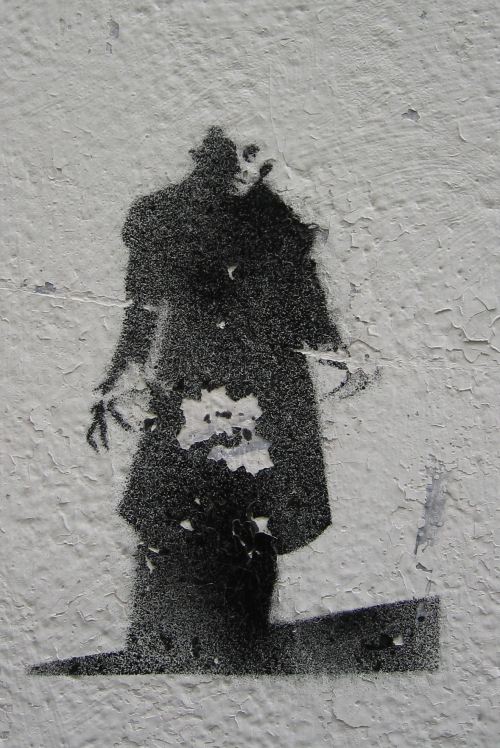 ‘it was butcher work…the horrid screeching as the stake drove home; the plunging of writhing form, and lips of bloody foam’
‘it was butcher work…the horrid screeching as the stake drove home; the plunging of writhing form, and lips of bloody foam’
Bram Stoker’s 1897 Gothic shocker introduced Count Dracula to the world, an ancient creature bent on bringing his contagion to London, the very heart of the British Empire.
Only a handful of men and women stand between Dracula and his long-cherished goal, but they are vulnerable and weak against the cunning and supernatural powers of the Count and his legions.
As the horrifying story unfolds in the diaries and letters of young Jonathan Harker, Lucy, Mina, and Dr Seward, Dracula will be victorious unless his nemesis Professor Van Helsing can persuade them that monsters still lurk in the era of electric light.
The most famous of all vampire stories, Dracula is a mirror of its age, its underlying themes of race, religion, science, superstition, and sexuality never far from the surface. A compelling read, rattling along at break-neck speed, it is a modern classic. This new edition includes Stoker’s companion piece, ‘Dracula’s Guest’.
To listen to my interview with the editor of the new Oxford World’s Classics edition of Dracula, Roger Luckhurst, click here.
To listen to extracts from the interview, click on the links below:
Approaching Dracula
 1. I began by suggesting to Roger – with apologies for the pun – that, such is the pervasiveness of the Dracula story in our culture – we cannot come to it a virgin. Click here [0:36].
1. I began by suggesting to Roger – with apologies for the pun – that, such is the pervasiveness of the Dracula story in our culture – we cannot come to it a virgin. Click here [0:36].
2. Bram Stoker was not the first to write about vampires. Click here to find out about Dracula’s vampiric antecedents [1:28]
3. Vampires provide us with very potent metaphors that can be interpreted in a wide variety of ways, as Roger Luckhurst’s introduction to the new edition of Dracula makes clear. Here he tells me why he thinks vampires are such “mobile metaphors” [1:23].
Bram Stoker and his time
4. Victorian women suffering from anaemia would be taken to abbatoirs to drink the still warm blood of slaughtered animals. Here Roger Luckhurst reflects on the Victorians’ very different attitude to blood from our own [1:18].
5. Here Roger Luckhurst introduces the author of Dracula, Bram Stoker, and explains why – in spite of the fact that we know a lot about his life – the private side of Bram Stoker remains very difficult to fathom [4:16].
6. Dracula first appeared in 1897. Here Roger Luckhurst discusses that year in relation to two other occurrences – the imprisonment of Oscar Wilde and the coining of the term “psychoanalysis” by Sigmund Freud [3:58].
7. The Gothic made a comeback in the late Victorian period. I asked Roger if this was because it provided a good way of talking about late Victorian anxieties. Click here [1:28].
8. I then asked Roger how significant it was that Dracula comes from Transylvania to the very heart of the British empire. Does that make the threat he represents all the greater? Click here [1:27].

Multivalent Monsters
9. Thirty years on from the previous World’s Classics edition of Dracula, the book has gained enormously in critical respectability and academic acceptance. What, I asked, has changed in those intervening years? Click here [1:29]
10. After its initial success in Stoker’s day, the novel fell into relative obscurity. What part did early twentieth-century film adaptations play in it later success? Click here [1:57]
11. Finally, I suggested to Roger that – whereas with a zombie, what you see is what you get – Dracula is much more of a multivalent monster. He took issue with my denigration of zombies… Click here [0:59]
